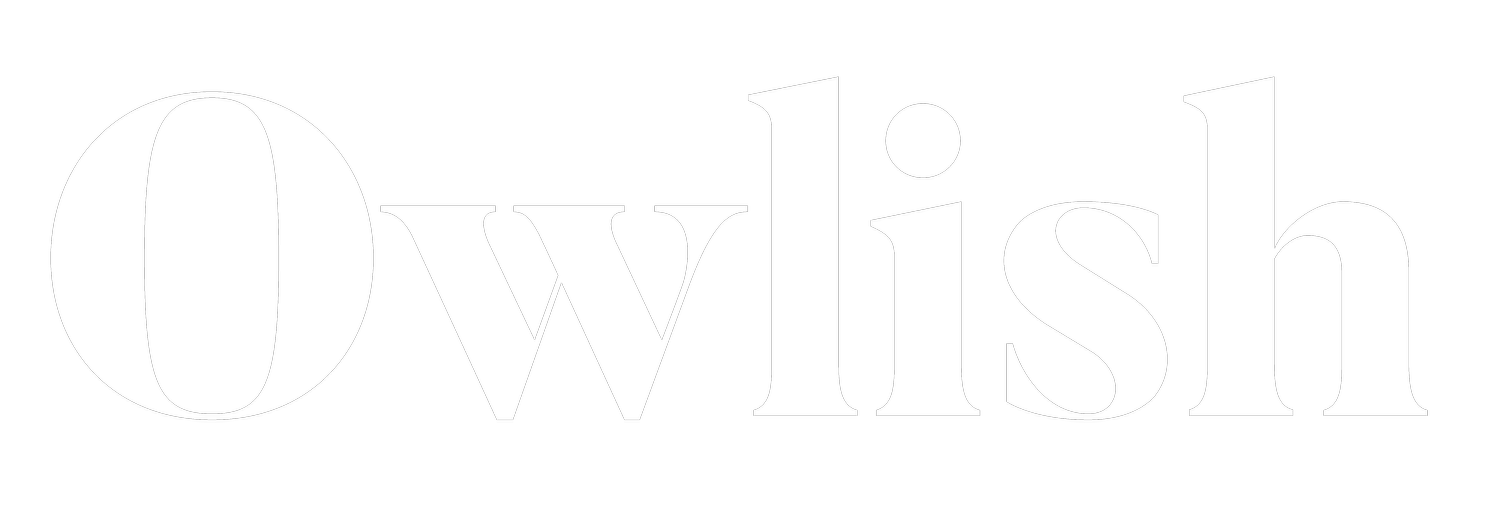Exploring the Dynamic World of Media Buys: Maximizing Efficient Spends for Small Businesses
In today’s fast-paced digital age, the landscape of media buys is constantly evolving. Traditional advertising channels are being augmented or even replaced by innovative digital platforms and strategies. For small businesses with limited budgets, it’s crucial to stay updated on these changes and identify the most efficient ways to allocate their advertising spend. Let’s delve into the ever-changing world of media buys and explore the strategies that can help small businesses maximize their investments.
Embrace the Digital Shift:
The rise of digital advertising has revolutionized the way businesses connect with their target audience. Consider leveraging digital channels such as social media, search engine marketing, and display advertising. These platforms offer precise targeting options, measurable results, and often come with lower costs compared to traditional media. Small businesses can benefit from the flexibility and scalability offered by digital advertising.
Leverage Programmatic Advertising:
Programmatic advertising has gained significant popularity in recent years. It utilizes automated technology to optimize media buying decisions in real-time. With programmatic advertising, small businesses can reach their target audience more efficiently, ensuring their ads are displayed to the right people at the right time. Programmatic platforms allow for precise targeting, budget control, and data-driven optimization, enabling small businesses to make the most of their advertising spend.
Utilize Social Media Advertising:
Social media platforms have become powerful advertising tools, offering highly targeted and cost-effective options for small businesses. Platforms like Facebook, Instagram, Twitter, and LinkedIn provide comprehensive advertising solutions, allowing businesses to target specific demographics, interests, and behaviors. Small businesses can experiment with different ad formats and track performance metrics to refine their campaigns and achieve maximum efficiency.
Invest in Search Engine Marketing (SEM):
Search engine marketing, including pay-per-click (PPC) advertising, is an effective way for small businesses to drive targeted traffic to their websites. By bidding on relevant keywords, businesses can display their ads prominently in search engine results. SEM allows for precise targeting and provides valuable insights into consumer intent. Small businesses can allocate their budget towards keywords that are most likely to drive conversions and optimize their campaigns over time for better results.
Consider Influencer Marketing:
Influencer marketing has become a popular strategy for small businesses to reach their target audience authentically. Collaborating with influencers in their niche can help businesses leverage their credibility and engaged following. Influencer campaigns can be cost-effective compared to traditional advertising channels, especially when targeting niche markets. By selecting influencers aligned with their brand values, small businesses can maximize the impact of their marketing spend and generate valuable word-of-mouth promotion.
Measure and Analyze Results:
To optimize media buys and maximize efficiency, small businesses need to monitor and analyze the performance of their campaigns. Utilize analytics tools to track key metrics, such as impressions, clicks, conversions, and return on investment (ROI). By understanding what works and what doesn’t, businesses can refine their strategies, reallocate budgets, and make data-driven decisions to achieve better results with their media buys.
In conclusion, navigating the ever-changing landscape of media buys can be a challenge for small businesses. However, by embracing the digital shift, leveraging programmatic advertising, utilizing social media advertising and SEM, considering influencer marketing, and measuring and analyzing results, small businesses can make the most of their advertising spend. It’s crucial to stay adaptable, keep up with industry trends, and experiment with different strategies to find what works best for their unique goals and target audience.
